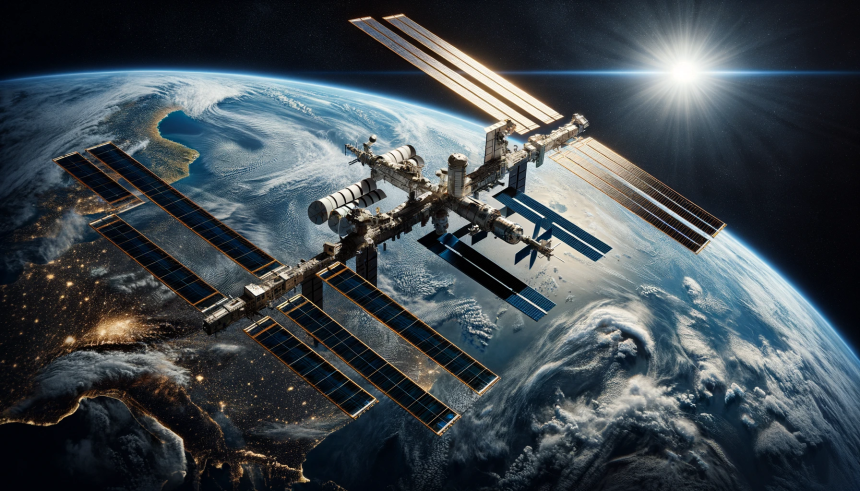NASA‘s Double Asteroid Redirection Test (DART) mission has provided critical insights into the Didymos-Dimorphos binary asteroid system. The mission, which involved a deliberate collision with Dimorphos, has helped scientists estimate the surface ages of both Dimorphos and its parent asteroid, Didymos, revealing significant differences. This mission aims to enhance our understanding of asteroid composition and behavior, crucial for future planetary defense efforts.
Previous research on the Didymos-Dimorphos system primarily focused on their orbital characteristics and general composition. However, the DART mission’s detailed geophysical analysis has added a new layer of understanding. Earlier studies had not identified the stark age difference between Didymos and Dimorphos, which now appears to be 12.5 million years and 300,000 years, respectively. These findings contribute to more accurate models of asteroid formation and evolution. Earlier observations also suggested that Didymos and Dimorphos were rubble piles, but the extent of material shedding events was not previously understood.
Surface Composition and Age
The DART team’s research indicates that both Didymos and Dimorphos are composed mainly of loose material bound together by gravity.
“It’s a pile of gravel and boulders (and some sand/dust) held together by its own gravity, and really not anything else,”
explained Andy Rivkin, co-lead of the DART investigation team at the Johns Hopkins Applied Physics Lab. This rubble-pile nature explains why DART’s impact effectively altered Dimorphos’ orbit, reducing its orbital period by about 34 minutes.
Thermal Fatigue and Boulder Tracks
Thermal fatigue is one of the phenomena affecting Dimorphos’ boulders. Researchers found that repeated heating and cooling cycles cause the boulders to crack and weaken over time, leading to rapid surface changes. This is the first time thermal fatigue has been observed in such detail on a stony asteroid. Additional analysis revealed that both Didymos and Dimorphos likely experienced significant mass shedding events, contributing to their current forms.
Future missions, such as the European Space Agency’s Hera mission, will build on these findings. Hera is expected to launch in 2024 and arrive at the Didymos-Dimorphos system by December 2026 to conduct a more detailed examination. This will help scientists better understand the impact dynamics and prepare for potential asteroid deflection missions in the future.
The DART mission has significantly advanced our knowledge of near-Earth asteroids. The discovery of the substantial age difference between Didymos and Dimorphos suggests these bodies have experienced varied evolutionary processes. The detailed analysis of surface boulders and thermal fatigue provides essential data for future asteroid impact missions. Understanding the mechanical properties of these rubble-pile asteroids is crucial for planetary defense strategies. Continued observation and upcoming missions will likely yield further invaluable information, enhancing our ability to protect Earth from potential asteroid threats.










